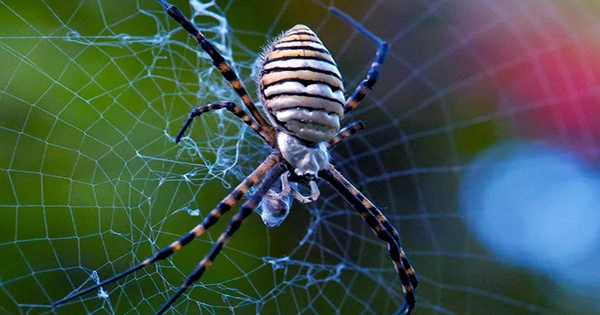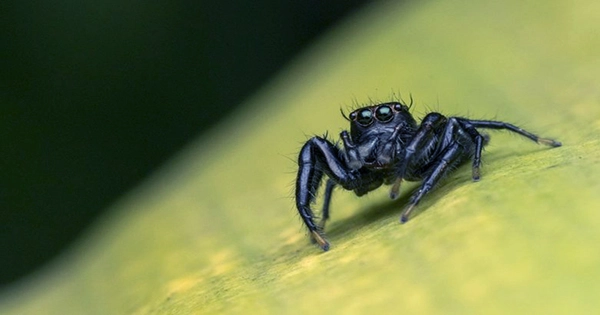Over 1,000 bugs’ genetic ghosts have been discovered in tea samples, showing that your daily cup of tea contains a lot of “diversi-tea.” After learning that eDNA implies there’s a lot more to the wonderful dried plant stuff than zesty notes and caffeine, the scientists behind that specific pun created it. While the idea of brewing bugs may not appeal to everyone, the discovery isn’t meant to imply that you should hunt for spider legs in your oolong (disclaimer: we can’t guarantee you won’t ever find a spider in your tea), but rather to provide a new way of assessing species diversity in an environment.
The study, which was published in the journal Biology Letters, searched for environmental DNA (eDNA) in dried tea leaves and herbs purchased from German grocery shops. eDNA samples are similar to genetic breadcrumbs left behind by living beings, and they may be enhanced and analyzed to determine which species are present in different contexts. Scientists have looked for eDNA in both wet and dry settings, but this study was the first to seek for traces of life retained on dried plant matter samples. Tea is made by infusing dried plant materials in hot water, thus beverages like chamomile and green tea might all be studied this way.

“We found 3,264 arthropods [taxonomic units] representing three groups, 22 orders, 281 families, 1,068 genera, and 1,279 species, including herbivores, predators, parasitoids, and detritivores,” the researchers stated. “On average, each individual sample recovered over 200 [taxonomic units], with green tea having the largest mean [diversity of insect eDNA].” While the genetic remnant of a thousand bugs may not have the earthy tones you were looking for, the discovery might be extremely beneficial for future study into arthropod biodiversity and conservation, as well as pest and plant import monitoring.
“Arthropod DNA in dried plants exhibits very high temporal stability for eDNA, opening up plant archives as a source for historical arthropod eDNA,” the scientists write. “Based on these findings, dried plant material looks to be an attractive candidate for monitoring arthropods and arthropod–plant interactions, detecting agricultural pests, and determining the geographical origin of imported plant material.” Dried plant matter as a monitoring tool also has the advantage of being simple to collect, dry, and store, allowing for the creation of large libraries of non-perishable arthropod biodiversity archives. We’ll raise a glass to it.










